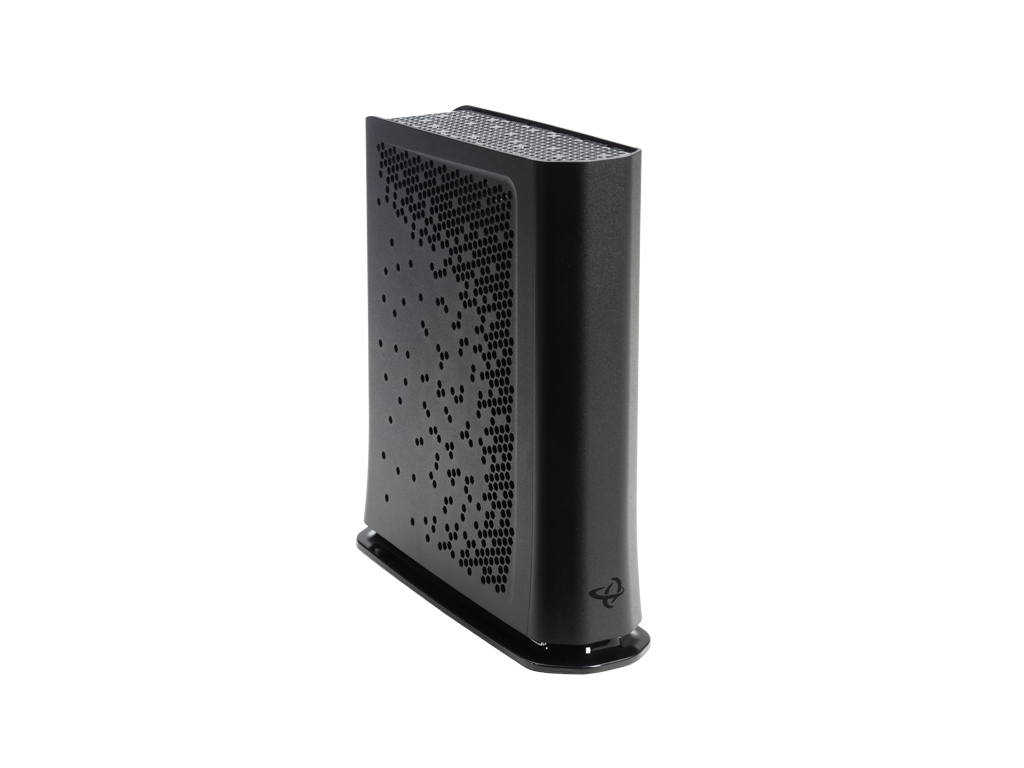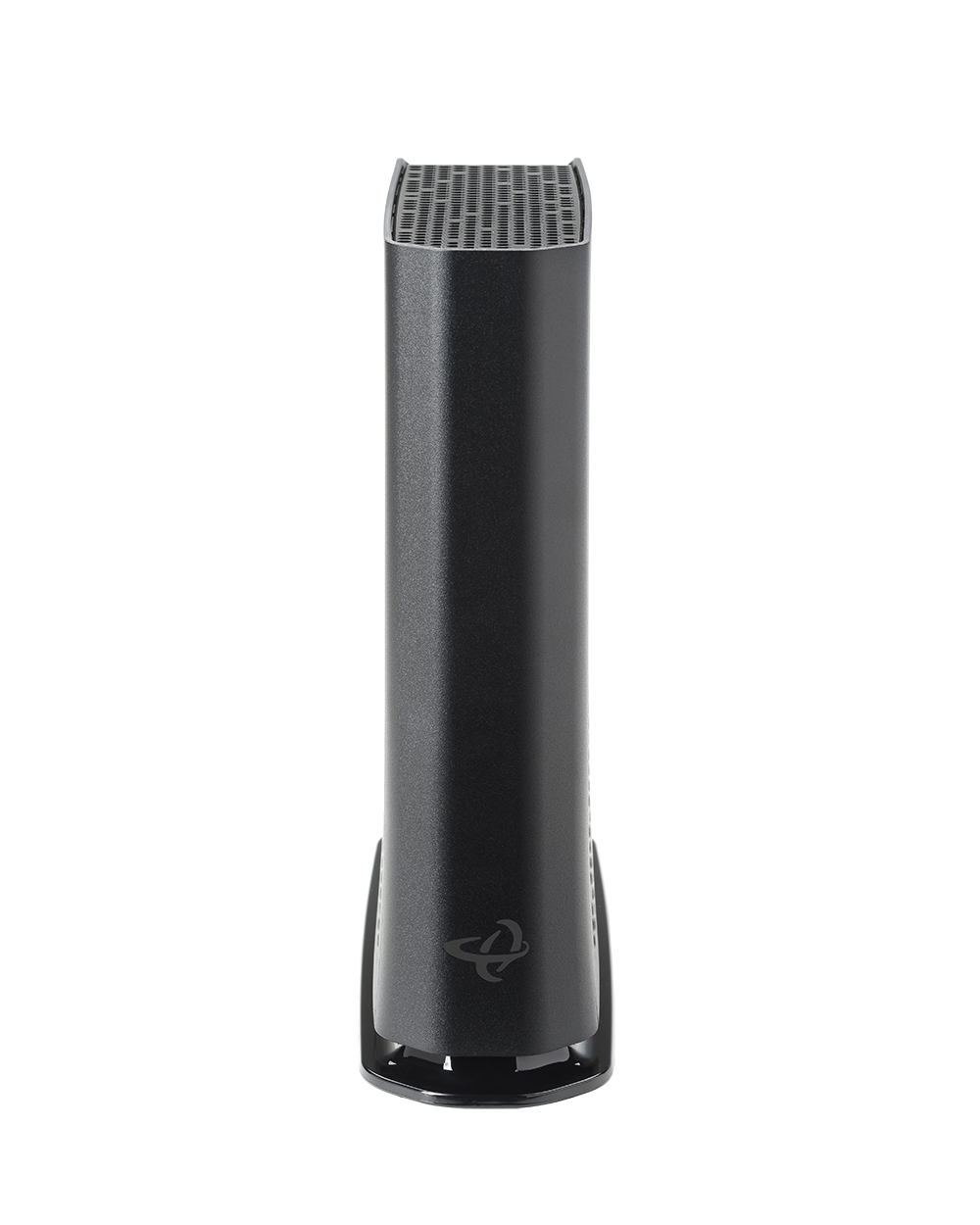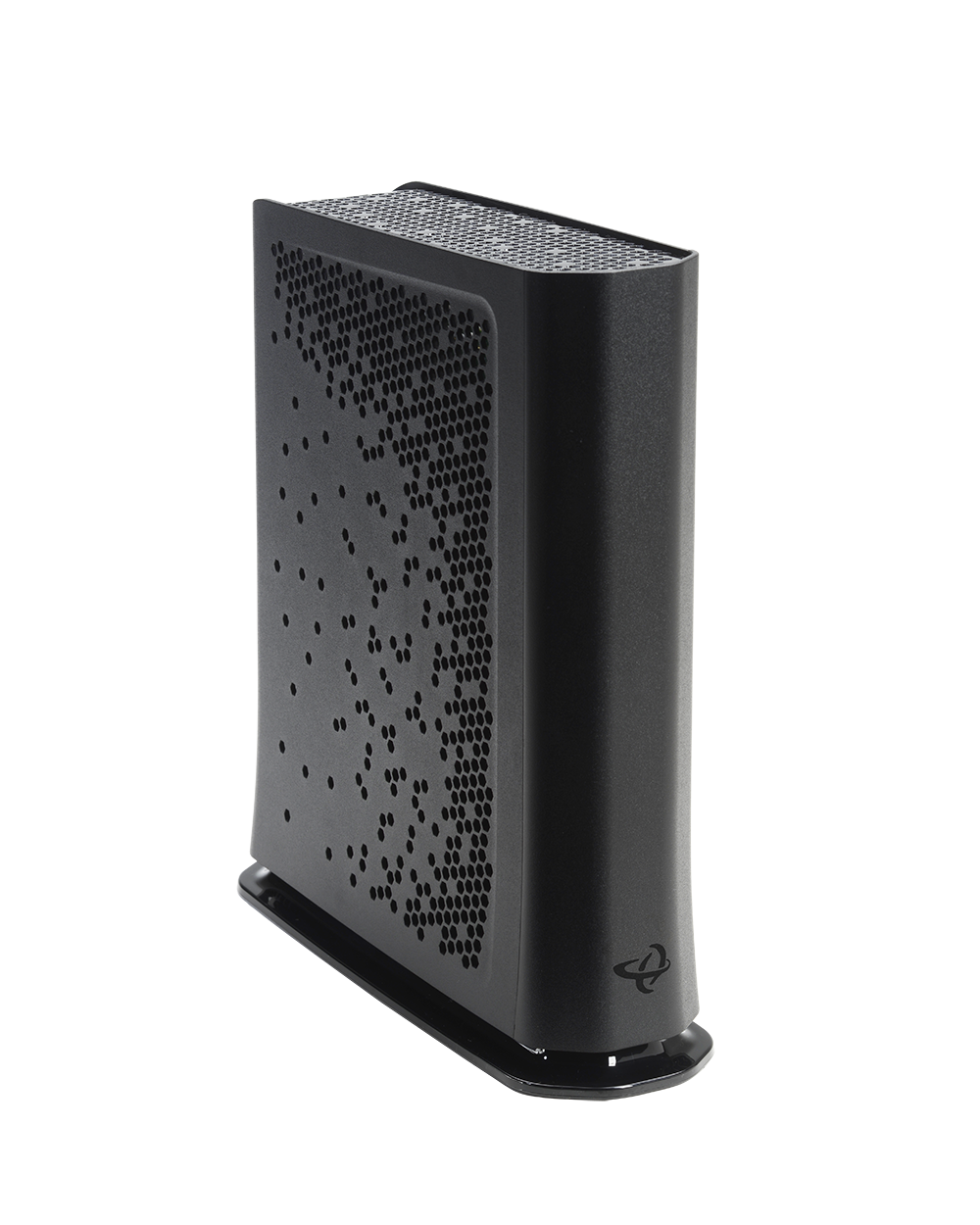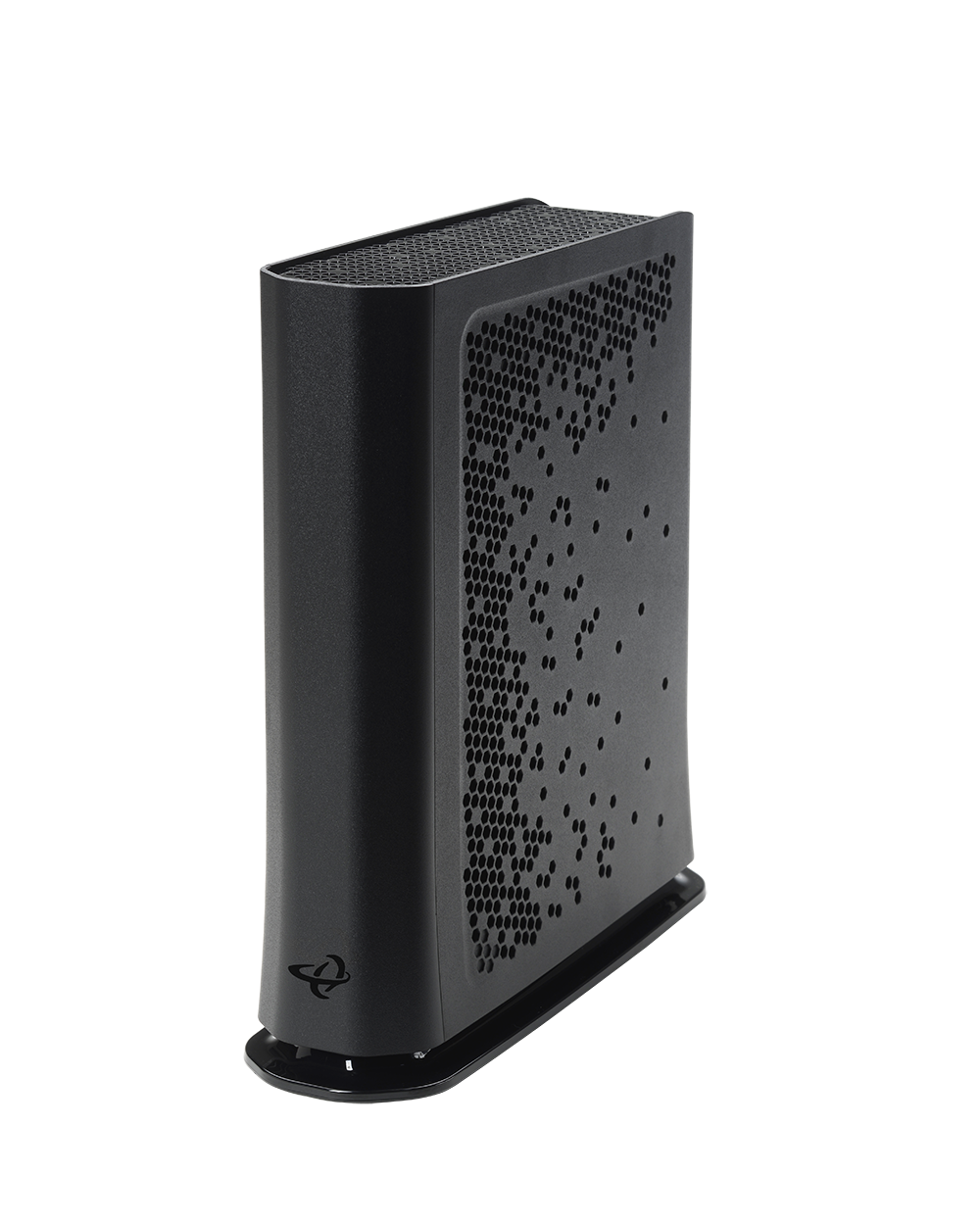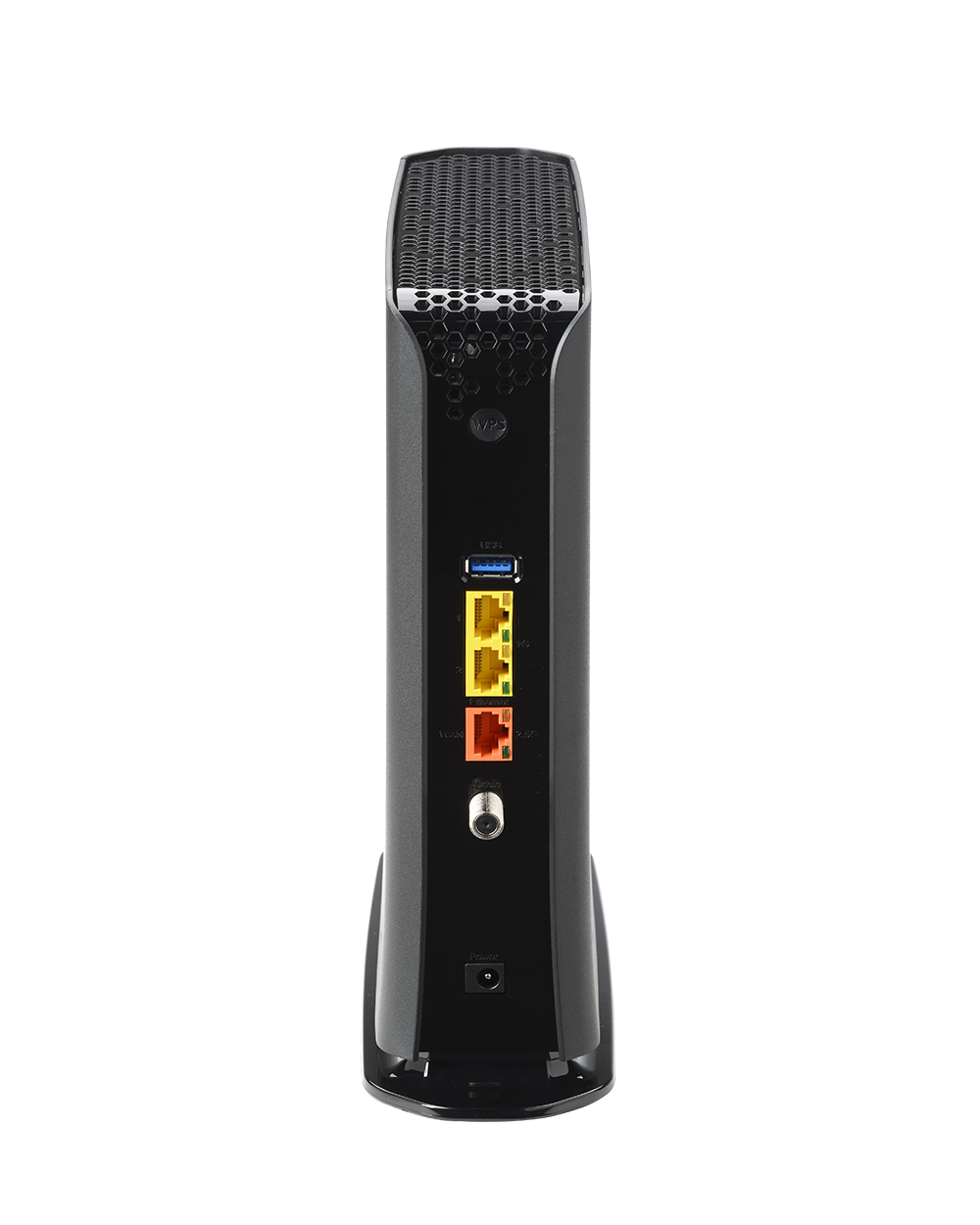DOCSIS 3.1 with DOCSIS 3.0 Compatibility
2×2 OFDM/OFDMA + 32×8 DOCSIS 3.0 bonding ensures multi-gigabit downstream capability with backward compatibility for existing networks.
Flexible Return Path for Future-Ready Upgrades
Switchable upstream (5–42 MHz / 5–85 MHz) supports migration to mid-split deployments without replacing hardware.
Wi-Fi 6 Advantage
Dual-band Wi-Fi 6 with 4×4 5 GHz and 4×4 2.4 GHz radios delivers faster speeds, better range, and more efficient use of spectrum to handle today’s connected homes.
Multi-Gig Wired Connectivity
2× 2.5 Gbps Ethernet ports plus 2× 1 Gbps ports support premium wired devices and high-bandwidth backhaul.
Carrier-Grade Management
TR-069, TR-369, HNAP, SNMP, and TFTP for simplified provisioning and remote troubleshooting—reducing support costs and truck rolls.
TPIA Market Approved
Approved by many Canadian carriers for the TPIA market, ensuring wide compatibility and streamlined deployments for wholesale ISPs.
Benefits for Service Providers
- Optimized for Mid-Tier Service Plans: Provides reliable Wi-Fi 6 and multi-gig wired support without overspecifying for basic packages.
- Simplified Deployments: Combines modem and router functionality into a single, operator-friendly gateway.
- Proven Market Acceptance: Pre-approved for TPIA use by leading Canadian carriers, making it easy to adopt and deploy at scale.
- Subscriber Satisfaction: Meets the growing demand for faster, more stable Wi-Fi and wired performance in modern households.
Key Specifications
- DOCSIS Support: DOCSIS 3.1 (2×2 OFDM/OFDMA) + DOCSIS 3.0 (32×8)
- Upstream: Switchable 5–42 MHz / 5–85 MHz
- Wi-Fi: Dual-band Wi-Fi 6 (4×4 5 GHz + 4×4 2.4 GHz)
- Ethernet Ports: 2× 2.5 Gbps + 2× 1 Gbps
- Management: TR-069, TR-369, HNAP, SNMP, TFTP
- Other Features: IPv4/IPv6, multiple SSIDs, integrated DLNA media server, advanced firewall
Documentation
Other Products to Consider
Product
Modem Type
Frequency
WiFi
Wired LAN
Voice
Learn More about Cable Modems & Routers
Cable Modems Explained: Fixed vs Switchable Frequency
A cable modem communicates with your Internet service provider (ISP) to bring an Internet connection into your home or office. This device uses the TV coaxial cable wiring already in your home. There are a few features that are important to know when choosing the...
Cable Modems Explained: Upstream and Downstream Channels & the Benefits
Connecting to the Internet in your home is not possible without a modem. A modem is the device that sits in your home and talks to your Internet service provider (ISP) to receive data signals that connect your computer to the Internet. To get wireless Internet (WiFi)...
What is a Router?
Wireless Internet requires hardware. This hardware includes a modem and also a router. If you want to set up wireless Internet (Wi-Fi) in your home, you need these devices. We’ve covered what a modem is (including cable modems) so this page focuses on what a router...
Why Buy a Gateway Instead of a Modem?
When setting up Internet in your home or office, you need a modem to get the connection and you need a router to distribute the signal to your devices. Having two separate devices isn’t practical for everyone, and it can be confusing as well. Not to mention, more...
What is a Gateway?
We’ve covered more in-depth what a modem is and what a router is and why you need each. As a recap, you can get Internet access with a modem, but to get wireless Internet you need a router. While you can get a separate modem or router, you might want to get a...
